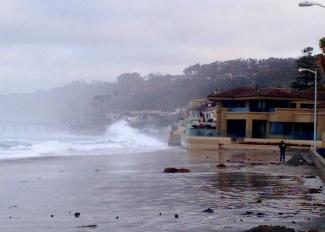Changing Maps, Changing Coastal Laws & Policies

Imagine a map of sea-level rise in the year 2100. You know the ones—they show many of the world’s major coastal cities inundated by blue shading. With the sea predicted to rise one to two meters over that time, those maps are showing the consequences. Billions of people and trillions of dollars will be flooded out.
However, those maps only tell part of the story. Most of the world will not passively await the blue shading to come over them. Instead, local and national governments will adapt to sea-level rise. Through a suite of adaptation strategies, they will try to reduce impacts when possible and manage retreat when required.

